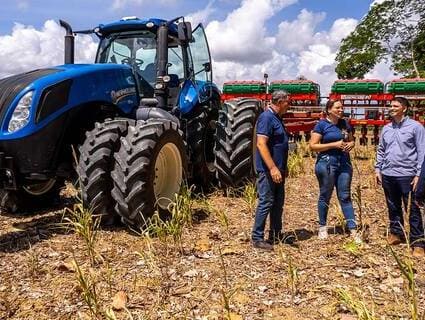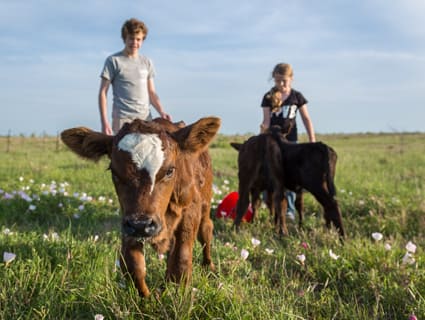What is decarbonization? Everything you need to know.
Read Time: 5 minutes
July 18, 2023
“Decarbonization.” You may have heard that word come up in conversations about climate change, global warming and environmental sustainability.
But what, exactly, is decarbonization? Why is it important for our planet (and our food system)? And what are some practical ways we can work toward it?
Simply put, decarbonization is all about reducing the amount of carbon we emit into the atmosphere while we keep our world running. It is particularly important because carbon dioxide is a major contributor to greenhouse gas emissions that cause climate change.
In this article, we examine what decarbonization is, why it’s important for our food system and different ways we can pursue it — including through regenerative agriculture, sustainable ocean shipping and renewable fuel.
What is decarbonization?
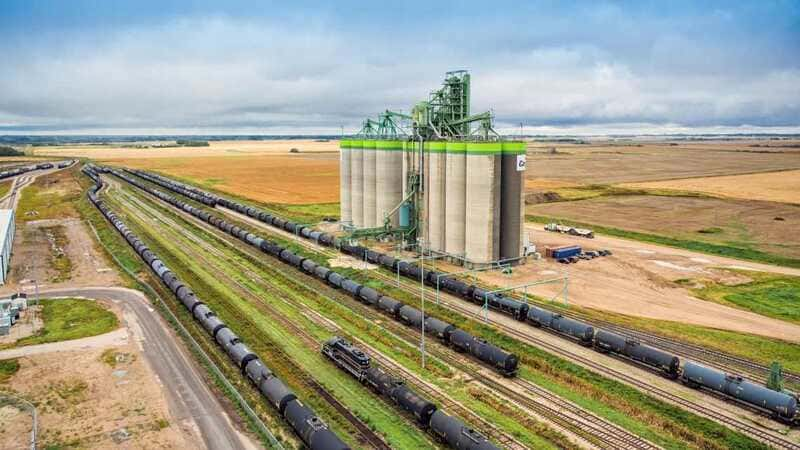 Agriculture and transportation account for more than one-third of all greenhouse gas emissions. Cargill is addressing those challenges through several decarbonization solutions.
Agriculture and transportation account for more than one-third of all greenhouse gas emissions. Cargill is addressing those challenges through several decarbonization solutions.
Decarbonization is the process of reducing or eliminating carbon dioxide (CO2) emissions.
It’s important because CO2 accounts for the majority of greenhouse gases, which trap heat in the atmosphere and increase global warming. In fact, in 2021 nearly 80% of greenhouse gases in the U.S. came from CO2, according to the Environmental Protection Agency.
How does CO2 get into the atmosphere? Through human activities that burn fossil fuels — like driving a car, using electricity and producing goods.
Climate change is one of our planet’s most urgent challenges. Decarbonization helps address it by transitioning our economies to cleaner energy sources and away from fossil fuels like coal, oil and natural gas.
While it is only one piece of the environmental puzzle, this energy transition is critical to combating climate change and creating a more sustainable future for our planet and its inhabitants.
Society is working urgently to keep the Paris Climate Agreement attainable — and hold the increase in global temperatures well below 2 degrees Celsius, compared with pre-industrial levels. As a result, many sectors — including agriculture and food production — need to adopt decarbonization strategies to achieve this target.
At the heart of the agricultural supply chain, Cargill is uniquely positioned to lead the food and agricultural system in addressing the climate crisis. Learn how we’re growing and moving food with a lower carbon footprint to decarbonize the food supply chain.
Why is decarbonization important for our food system?
As our climate continues to change, our food system needs to change with it.
Climate change is causing more frequent and severe weather events, shifting growing seasons and declining soil health.
To meet the demands of a growing world, we need to make sure our food system can adapt to these issues and continue to produce enough food.
The challenge: Agriculture (how we grow food) and transportation (how we move food) account for more than one-third of all global greenhouse gas (GHG) emissions.
Given that, we need to decarbonize the entire food supply chain — to meet the growing demand for food and to reduce our GHG emissions.
There are many ways to decarbonize how we grow and move food. Here are three approaches where we’re already making progress.
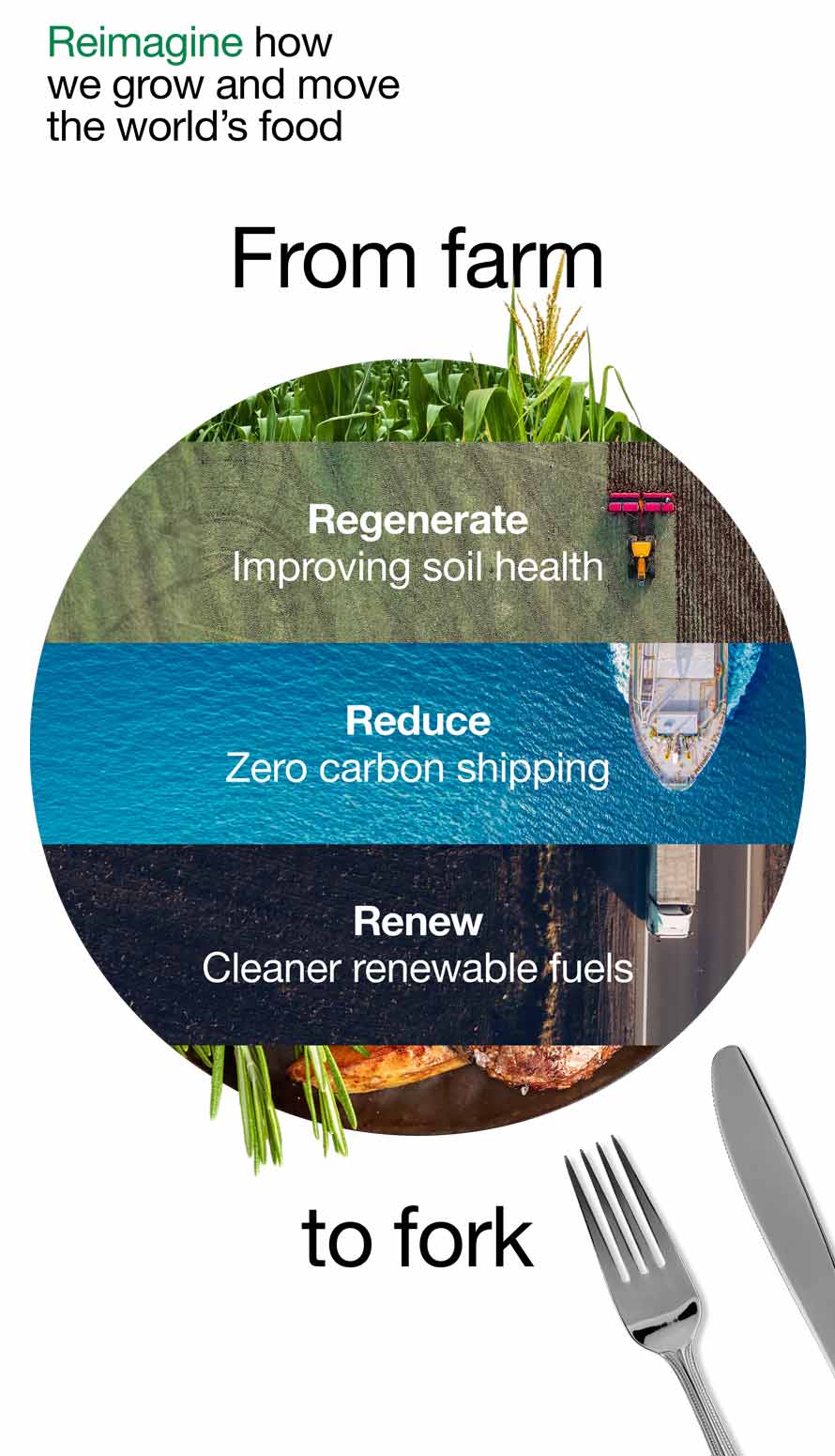
Regenerative agriculture: What it is and how it helps
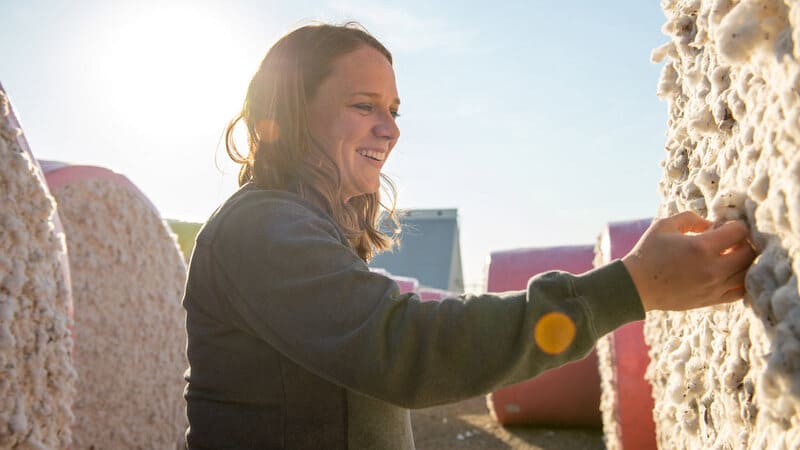 Cargill partners with farmers and ranchers to adopt regenerative agriculture practices that help the planet and farmers.
Cargill partners with farmers and ranchers to adopt regenerative agriculture practices that help the planet and farmers.
Regenerative agriculture is all about soil health.
Why? Because healthy soil is good for our planet — and for farmers. It can pull carbon from the atmosphere to combat climate change, improve water quality and availability, all while increasing resilience against environmental shocks like drought and flooding.
While there isn’t one commonly held definition of “regenerative agriculture,” we define it as farming and ranching systems that build resilience and deliver positive environmental outcomes for people and our planet. It includes practices like:
-
No-till farming: A method that reduces the disturbance to the soil, which can help sequester carbon and improve the soil structure.
-
Cover crops: Using cover crops in between cash crops can help improve soil health, reduce erosion and sequester more carbon.
-
Agroforestry: Planting more trees into agricultural landscapes can help store carbon, increase biodiversity and improve water management.
-
Livestock integration: Incorporating livestock into crop production systems can help recycle nutrients, improve soil health and reduce the need for synthetic fertilizers.
We believe change starts where the food system begins: at the farm. That is why we are partnering with farmers and ranchers to adopt regenerative agriculture — including empowering them with resources to produce the world’s food while building a more sustainable food system.
Here are a few ways we’re working to make regenerative agriculture commonplace:
-
Partnering with North American farmers like Tyler Bruns and Steven Flaig as part of Cargill RegenConnect™, our regenerative agriculture program that recently expanded to Europe.
-
Working with farmers and ranchers to cut GHG emissions from the North American beef supply chain, including teaming up with The Nature Conservancy, McDonald’s and Target to support Nebraska farmers in using proven soil health practices.
-
Collaborating with farmers like Joel Carlos Hendges to protect and restore forests across Brazil’s most critical areas.
-
Partnering with Nutrien and farmers in Australia to reduce carbon emissions in canola production.
-
Working with farmers like İlker Sigo on regenerative agriculture practices as part of our 1,000 Farmers Endless Prosperity Program in Türkiye.
Sustainable ocean shipping: What it is and how it helps
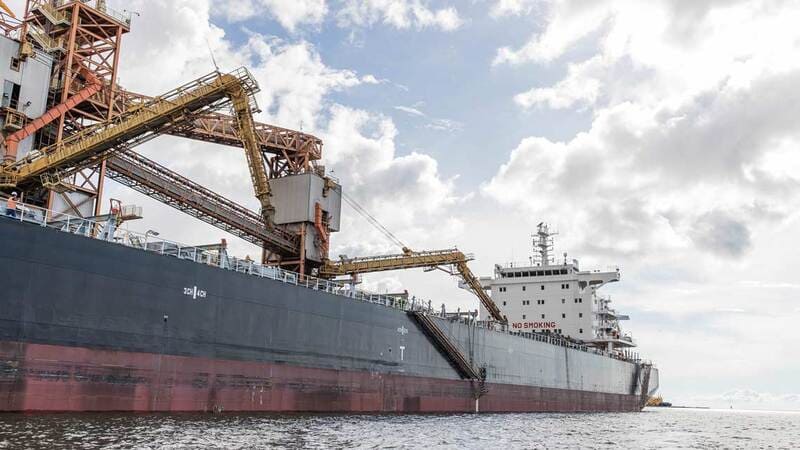 Cargill is one of the maritime shipping industry’s leading proponents of sustainable ocean transportation.
Cargill is one of the maritime shipping industry’s leading proponents of sustainable ocean transportation.
Did you know the majority of the world’s food is transported by sea? In fact, as you’re reading this, thousands of ships are moving 90% of global trade across our waterways.
Maritime shipping is the most fuel-efficient means of global transportation. But it still accounts for 3% of greenhouse gas emissions across the globe.
Today, the shipping industry’s biggest challenge is tackling climate change. At Cargill, where we ship food and other goods by sea, we are one of the maritime industry’s leading proponents of sustainable ocean transportation. Our goal: zero-carbon shipping by 2050.
Building a climate-aligned shipping industry by 2050 will require a sustained effort across many stakeholders. New carbon-saving fuels and technologies will come to market throughout the rest of the decade — and we will need to start using these solutions rapidly and on a larger scale in the coming decade and beyond.
Here are a few ways we’re already making sustainable ocean transportation a reality:
-
Using biofuels from used cooking oils to reduce carbon emissions in shipping.
-
Exploring wind-assisted propulsion technology that reduces carbon emissions on ships.
-
Partnering with companies like ZeroNorth to use new technologies to measure vessel performance.
Renewable fuel: What it is and how it helps
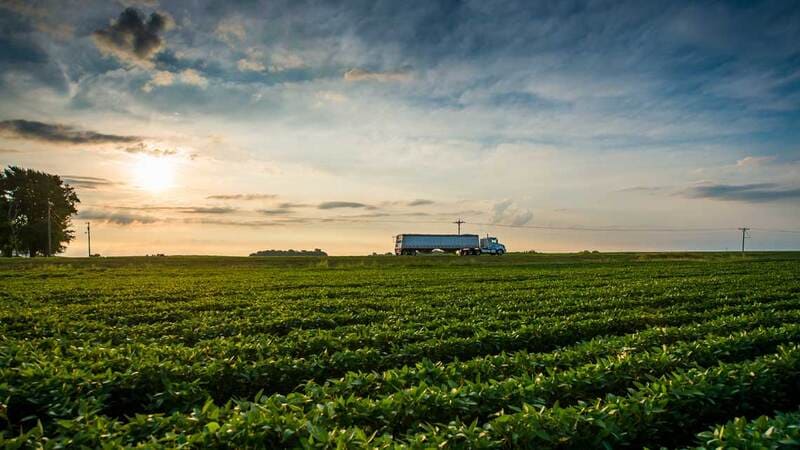 One way to lower our food system’s carbon footprint: Renewable fuels.
One way to lower our food system’s carbon footprint: Renewable fuels.
We need transportation — ships, trucks, trains and planes — to keep our food system working and move food to where it’s most needed.
Transportation, however, is also responsible for 14% of global GHG emissions and nearly one-fifth of the food system’s carbon footprint.
One way to lower our food system’s carbon footprint is to use alternative, cleaner fuel sources for trucks, ocean transportation and on-farm machinery. That’s where renewable fuels come in.
Renewable fuels are a type of energy that come from renewable resources or through sustainable practices. This includes fuels made from things like plants, leftover food and other forms of waste.
These types of fuels can help decarbonize not only food and feed transportation, but the entire transportation sector. That is why, at Cargill, we are partnering with customers to provide a range of feedstocks for biomass-based diesel, renewable diesel and waste-based solutions.
Here are a few ways we’re bringing renewable fuels to life:
-
Our facility in Ghent, Belgium, turns waste into biofuel — helping our customers reduce carbon emissions while supporting the transition to a circular economy.
-
We’re bringing renewable diesel to the retail pump: Our first-of-its-kind joint venture with Love’s will produce and market high-performance fuel.
-
Our Liza cooking oil brand in Brazil has a program to recycle its leftover oil into biodiesel.
More stories
Healthy soil, water and farmland: How we’re building sustainable supply chains
From corn fields in Nebraska to schools in Indonesia, Cargill is working to create more sustainable supply chains around the globe.
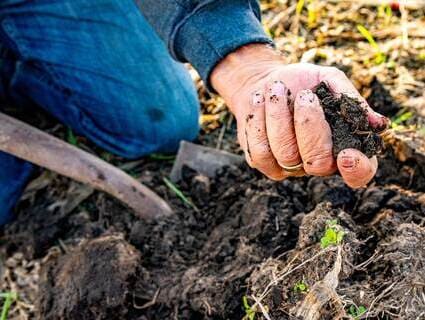
Digging in: Cargill’s regenerative agriculture program brings healthier soil and profits to more European, U.S. farmers
Cargill’s RegenConnect® program is building on its success in North America to expand to more U.S. states and Europe
Sustainable beef: Bringing farmers, ranchers and customers together to fight climate change
Cargill’s BeefUp Sustainability initiative aims to cut beef emissions from our North American beef supply chain by 30% by 2030.

